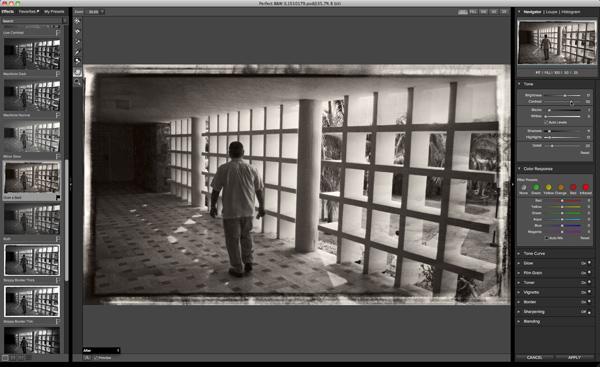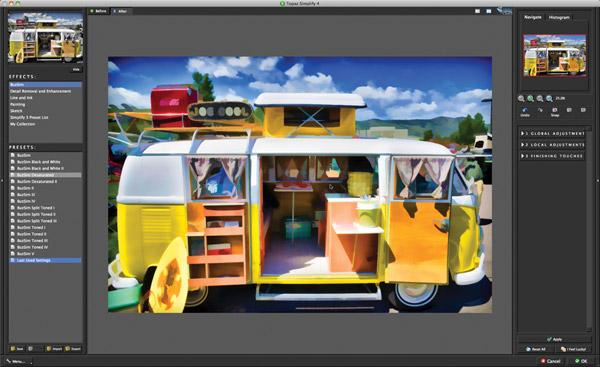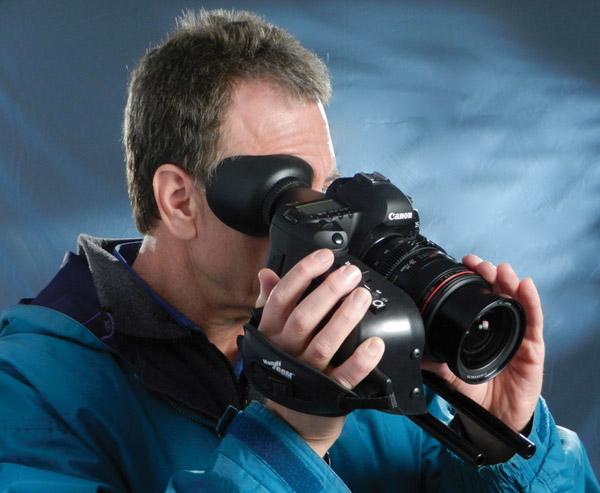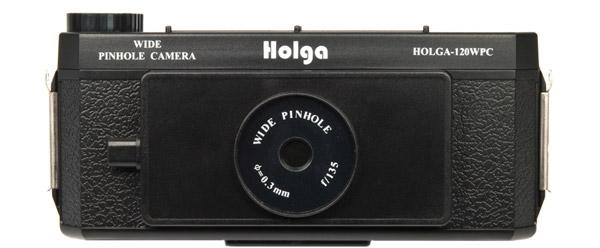Digital Innovations
Sort By: Post Date TitlePublish Date
|
Aug 09, 2013 |
First Published: Jul 01, 2013
|
Aug 02, 2013 |
First Published: Jun 01, 2013
|
Jun 25, 2013 |
First Published: May 01, 2013
|
Apr 05, 2013 |
First Published: Mar 01, 2013
|
Feb 07, 2013 |
First Published: Jan 01, 2013
|
Feb 04, 2013 |
First Published: Dec 01, 2012
|
Jan 03, 2013 |
First Published: Nov 01, 2012
|
Nov 28, 2012 |
First Published: Oct 01, 2012
|
Nov 01, 2012 |
First Published: Sep 01, 2012
|
Oct 01, 2012 |
First Published: Aug 01, 2012
|
Aug 31, 2012 |
First Published: Jul 01, 2012
|
Aug 05, 2012 |
First Published: Jun 01, 2012
|
Apr 24, 2012 |
First Published: Mar 01, 2012
|
Mar 28, 2012 |
First Published: Feb 01, 2012
|
Feb 02, 2012 |
First Published: Dec 01, 2011
















